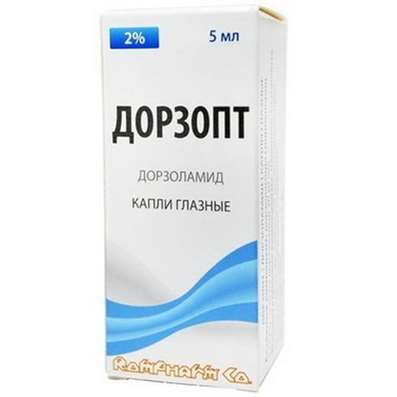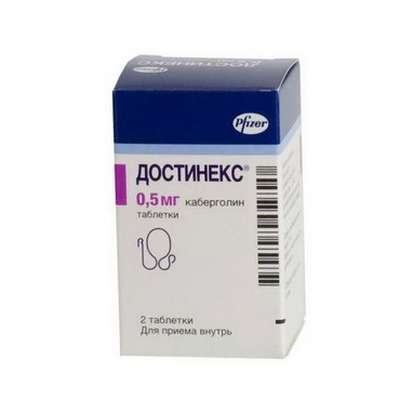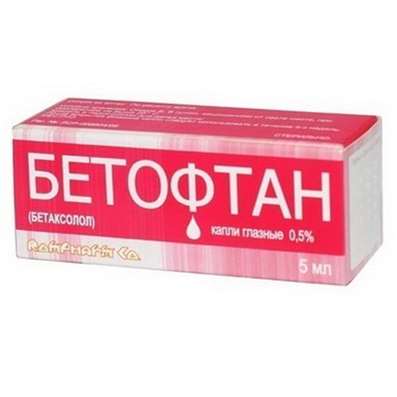Instruction for use: Trimepranol
I want this, give me price
Trade name of the drug – Trimepranol
Dosage Form: tablets
Active substance: Metipranololum
Pharmacotherapeutic group: Beta-blockers
The nosological classification (ICD-10)
C74 Malignant neoplasm of adrenal gland: Glyukosteroma; corticosteroma; inoperable corticosteroma; Tumors of the adrenal gland
E05 Thyrotoxicosis [hyperthyroidism]: Von Basedow's disease; Basedow's disease; hyperthyroidism; Goitre diffuse toxic; Increased thyroid function; tireotoksicski reaction; Toxic diffuse goiter; goiter; Enlargement of the thyroid gland with symptoms of hyperthyroidism; The phenomenon of iodine Basedow
F41 Other anxiety disorders: An alarm condition; Anxiety; Chronic anxiety; Sense of anxiety; Disturbingly suspicious condition; anxiety Relief; Nonpsychotic anxiety disorders
I10 Essential (primary) hypertension: hypertension; Arterial hypertension; Arterial hypertension crisis course; Essential Hypertension; Essential hypertension; Essential hypertension; Essential hypertension; Essential hypertension; Primary hypertension; Arterial hypertension, complications of diabetes; The sudden increase in blood pressure; Hypertensive disorders of blood circulation; hypertensive condition; hypertensive crises; arterial Hypertension; malignant Hypertension; Hypertonic disease; hypertensive crises; accelerated hypertension; malignant hypertension; The aggravation of hypertensive disease; Transient hypertension; Isolated systolic hypertension
I15 Secondary hypertension: Arterial hypertension, complications of diabetes; hypertension; The sudden increase in blood pressure; Hypertensive disorders of blood circulation; hypertensive condition; hypertensive crises; hypertension; arterial Hypertension; malignant Hypertension; hypertensive crises; accelerated hypertension; malignant hypertension; The aggravation of hypertensive disease; Transient hypertension; hypertension; Arterial hypertension; Arterial hypertension crisis course; renovascular hypertension; Hypertension symptomatic; Renal hypertension; Renovascular hypertension; renovascular hypertension; Symptomatic hypertension
I20 Angina [angina]: Heberden disease; Angina pectoris; The attack of angina pectoris; recurrent angina; Spontaneous angina; Stable angina pectoris; Angina rest; Angina progressing; Angina mixed; Angina spontaneous; stable angina; Chronic stable angina; Angina Syndrome X
I20.0 Unstable angina: heberden disease; Angina pectoris; The attack of angina pectoris; recurrent angina; Spontaneous angina; Stable angina pectoris; Angina rest; Angina progressing; Angina mixed; Angina spontaneous; stable angina; Chronic stable angina; Angina Syndrome X
I25.2 Transferred last myocardial infarction: Cardiac syndrome; Myocardial infarction; post-MI; Rehabilitation after myocardial infarction; Reocclusion of the operated vessel; Angina postinfarctnaya; Status after myocardial infarction; Status after myocardial infarction; myocardial infarction
I27 Other forms of cardiopulmonary diseases: Chronic pulmonary heart disease; Hypertension pulmonary circulation; Pulmonary hypertension; Pulmonary heart disease; pulmonary heart disease; Cardio-pulmonary insufficiency; Secondary pulmonary hypertension; Chronic pulmonary heart; Eisenmenger syndrome
I42.1 Obstructive hypertrophic cardiomyopathy: Asymmetrical hypertrophy of the interventricular septum; Hypertrophic obstructive cardiomyopathy; Obliteriruschaya restrictive cardiomyopathy; Hypertrophic cardiomyopathy; Hypertrophic obstructive cardiomyopathy; Myocardial hypertrophy with obstruction
I49.9 Irregular heartbeat, unspecified: Paroxysmal supraventricular tachycardia; extrasystole arrhythmia; Atrial fibrillation tachysystolic; supraventricular tachyarrhythmia; supraventricular arrhythmias; AV reciprocating tachycardia; AV-nodal reciprocating tachycardia; ventricular fibrillation; Irregular heartbeat; Antidromic reciprocating tachycardia; Cardiac arrhythmias; Arrhythmias; Arrhythmia; Heart arythmy; Arrhythmia due to hypokalemia; ventricular tachyarrhythmias; The high frequency of ventricular contraction; Cardiac arrhythmias; Paroxysmal supraventricular arrhythmia; Paroxysmal supraventricular arrhythmia; Paroxysmal dysrhythmia; Paroxysmal atrial-ventricular rhythm; cardiac arrhythmias; supraventricular tachycardia; tachyarrhythmia; Precordial abnormal pulsation
R07.2 Pain in the heart: neuroses of the heart; Myocardial ischemic pain; Pain syndrome in myocardial infarction; cardialgia; cardioneurosis; Cardiac syndrome; Pain in cardiac patients; Cardialgia on background dyshormonal myocardial dystrophy; Functional cardialgia; Psevdostenokardiya; pericardial pain
R25.1 Tremor, unspecified: shake; senile tremor; Tremor; muscle tremors; Tremor when portal-systemic encephalopathy; Essential tremor family; Titubatsiya
Composition (per tablet): Metipranolol 1 tablet contains 10 or 40 mg; card of 10 or in a glass vial of 50 pcs. respectively, in a carton 1 or 5 blisters vial.
Pharmacological Properties of Trimepranol
Pharmachologic effect - antianginal, antihypertensive, anti-arrhythmic.
Beta-adrenoceptor blocking.
Pharmacodynamics
Decreases automaticity of sinus node, it slows heart rate slows AV conduction, myocardial contractility and reduces myocardial oxygen demand, reduces cardiac output and blood pressure. It reduces the excitability of the myocardium, reduces ectopic activity of the heart, has hinidinopodobnyh effect on action potentials of myocardial cells.
Pharmacokinetics
Fully (almost 100%) absorbed from the gastrointestinal tract. When the initial passage through the liver, most of the drug is metabolized. Binding to plasma albumin slightly. . T1 / 2 - 4-6 hours, it crosses the placental barrier; excreted in breast milk.
Indications for Trimepranol
Hypertensive heart disease, angina (stable and unstable), conditions after myocardial infarction, arrhythmias, hypertrophic cardiomyopathy, anxiety, hyperkinetic syndrome (including hyperthyroidism, pheochromocytoma), tremor in patients receiving lithium drugs.
Contraindications for Trimepranol
Bradycardia, AV block II and III degree, hypotension, heart failure, bronchial obstruction, bronchial asthma and fresh myocardial infarction, a common progressive atherosclerosis, hypoglycemia, metabolic acidosis.
Pregnancy and breast-feeding
Contraindicated in pregnancy, during lactation should stop breastfeeding.
Side effect of Trimepranol
Diarrhoeal disorders, bradycardia, AV block, bronchospasm, muscle fatigue, paresthesia, sleep disturbances, fatigue, blurred vision, depression, hallucinations, dizziness, headache, weight gain, hypotension, congestive heart failure, impaired peripheral circulation, pulmonary edema syndrome cancellation allergic reactions.
Interaction
It enhances the effect of d-tubocurarine, simpatolitikov, insulin and sulfa antidiabetics, vasodilators, ergotamine, weakens - adrenaline, digitalis drugs, acetylsalicylic acid. Increases phenytoin, furosemide, cimetidine and hydralazine and reduced NSAID. Incompatible with MAO inhibitors, halogenated anesthetics, aymalinu, quinidine, verapamil, clonidine, mazindol, alcohol.
Dosage and Administration
Inside (before eating), in individual dosage (depending on the sensitivity of the patient and the nature of the disease). Typically prescribed 10 mg, then gradually increase to 10 mg, while supine heart rate must be within the range of 50-60 beats per minute (but not less than 45-50 beats per minute). Angina average daily dose is 80-120 mg in hypertension - 40-80 mg for arrhythmia and hyperkinetic syndrome - 10-40 mg; with irritable heart - 10-30 mg; in the treatment of tremor daily dose should not exceed 30 mg.
Storage conditions of Trimepranol
In the dark place at a temperature of 15-25 ° C.
Keep out of the reach of children.
Shelf life
3 years.
Do not use beyond the expiration date printed on the package.

 Cart
Cart





